- Home
- Furnishings Appliances Hospitality
- Tableware Smallwares Food Service Storage Transport
- Buffet Service Serving Line Equipment
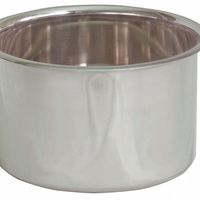
Bain Marie Pots & Food Crocks
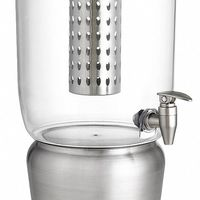
Beverage Dispensers
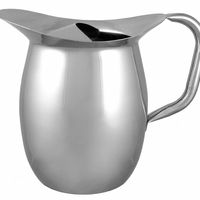
Beverage Pitchers & Servers
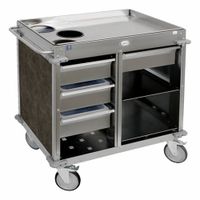
Beverage Stations
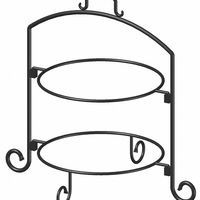
Buffet Signs, Plate Stands & Riser Sets
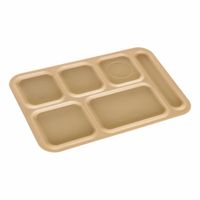
Cafeteria Food Service Trays
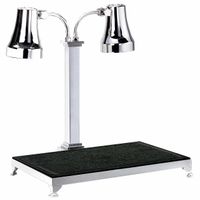
Carving Stations
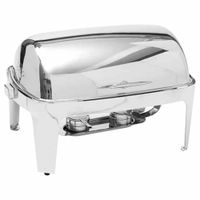
Chafers, Buffet Servers, Griddles & Warming Fuels
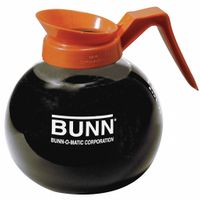
Coffee Decanters, Airpots & Urns
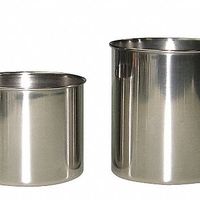
Condiment Pumps, Cylinders & Organizers
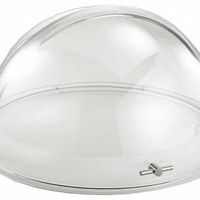
Food Display Trays, Platters & Covers
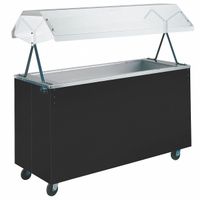
Food Stations
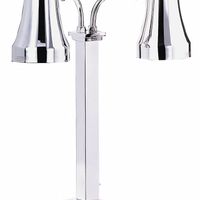
Heat Lamps
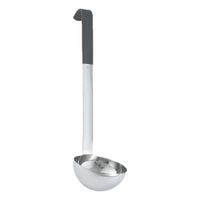
Ladles, Dishers & Portion Control Spoons
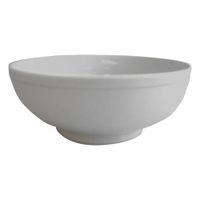
Serving Bowls
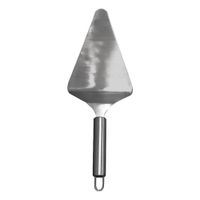
Serving Utensils
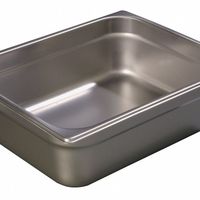
Steam Table Pans & Covers
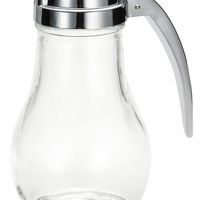
Syrup & Dressing Dispensers
Frequently Asked Questions
What is the best material for beverage pitchers and servers?
How do you clean and maintain coffee decanters and airpots?
What size beverage server is ideal for large events?
How long can chafers and buffet servers keep food warm?
What is the difference between a coffee urn and an airpot?
How do you choose the right warming fuel for chafers?
Are electric griddles more efficient than traditional ones for buffet service?